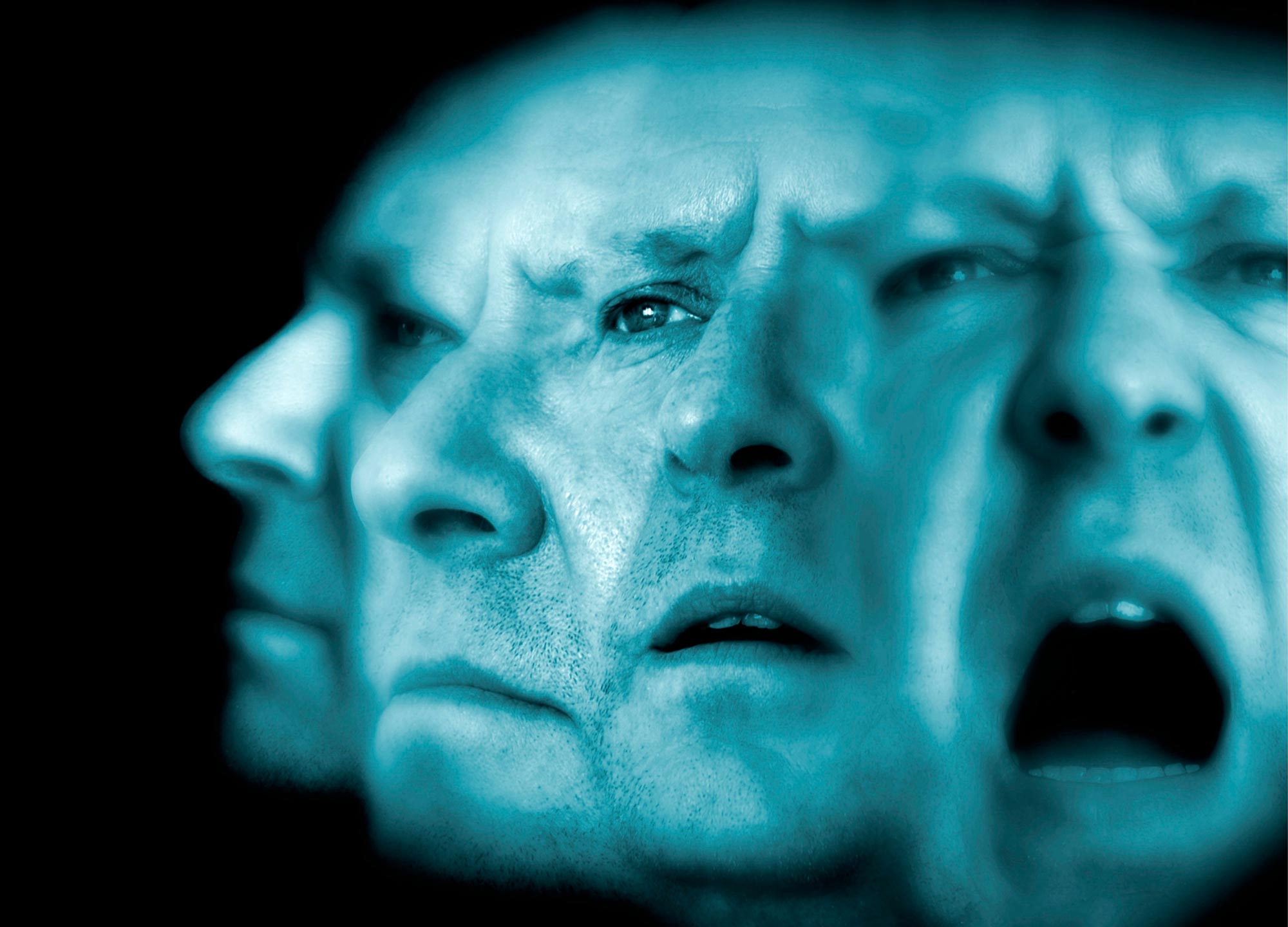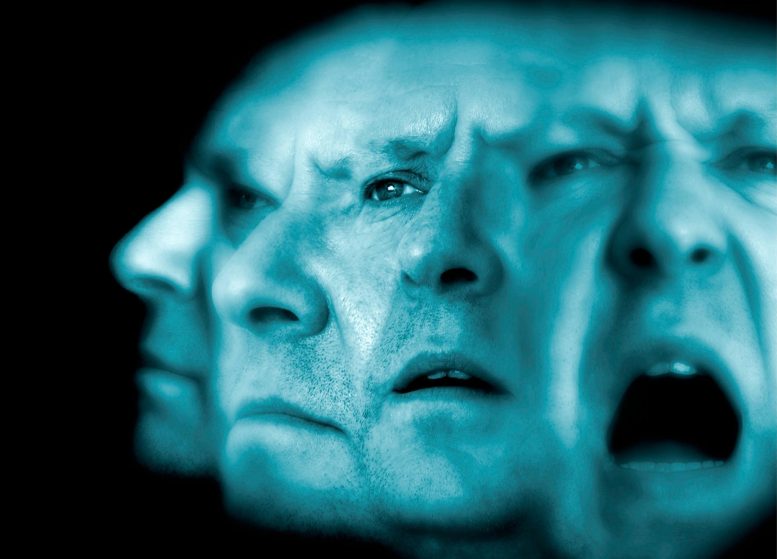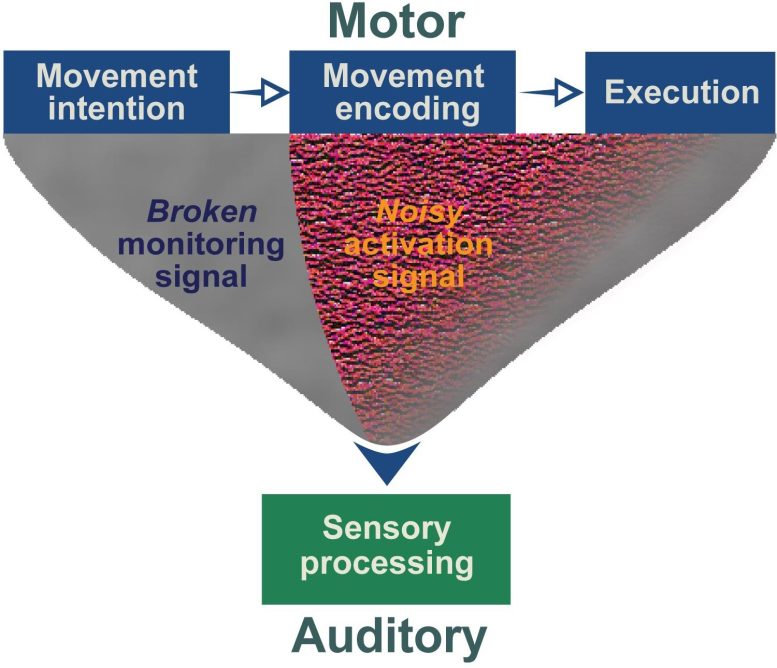

Researchers have identified two potential brain process failures contributing to auditory hallucinations in schizophrenia: malfunctioning corollary discharge and overly active efference copy.
Their study, involving EEGs of patients, shows these flaws may prevent the brain from properly identifying self-generated sounds, offering a new direction for treatment.
Auditory hallucinations are likely the result of abnormalities in two brain processes: a “broken” corollary discharge that fails to suppress self-generated sounds, and a “noisy” efference copy that makes the brain hear these sounds more intensely than it should. That is the conclusion of a new study published today (October 3rd) in the open-access journal PLOS Biology by Xing Tian, of New York University Shanghai, China, and colleagues.
Insights From EEG Experiments
Patients with certain mental disorders, including schizophrenia, often hear voices in the absence of sound. Patients may fail to distinguish between their own thoughts and external voices, resulting in a reduced ability to recognize thoughts as self-generated. In the new study, researchers carried out electroencephalogram (EEG) experiments measuring the brain waves of twenty patients diagnosed with schizophrenia with auditory hallucinations and twenty patients diagnosed with schizophrenia who had never experienced such hallucinations.

Mechanisms Behind Hearing Voices
In general, when people are preparing to speak, their brains send a signal known as “corollary discharge” that suppresses the sound of their own voice. However, the new study showed that when patients with auditory hallucinations were preparing to speak a syllable, their brains not only failed to suppress these internal sounds, but had an enhanced “efference copy” response to internal sounds other than the planned syllable.
Future Directions for Treatment
The authors conclude that impairments in these two processes likely contribute to auditory hallucinations and that targeting them in the future could lead to new treatments for such hallucinations.
The authors add, “People who suffer from auditory hallucinations can ‘hear’ sounds without external stimuli. A new study suggests that impaired functional connections between motor and auditory systems in the brain mediate the loss of ability to distinguish fancy from reality.”
Reference: “Impaired motor-to-sensory transformation mediates auditory hallucinations” by Yang F, Zhu H, Cao X, Li H, Fang X, Yu L, et al., 3 October 2024, PLOS Biology.
DOI: 10.1371/journal.pbio.3002836
Funding: This study was supported by the National Natural Science Foundation of China 32071099 and 32271101, Natural Science Foundation of Shanghai 20ZR1472100, Program of Introducing Talents of Discipline to Universities, Base B16018 to X.T., East China Normal University (ECNU) Academic Innovation Promotion Program for Excellent Doctoral Students YBNLTS2019-026 and China Postdoctoral Foundation under Grant Number 2024M752047 to F.Y. The funders had no role in study design, data collection and analysis, decision to publish, or preparation of the manuscript.